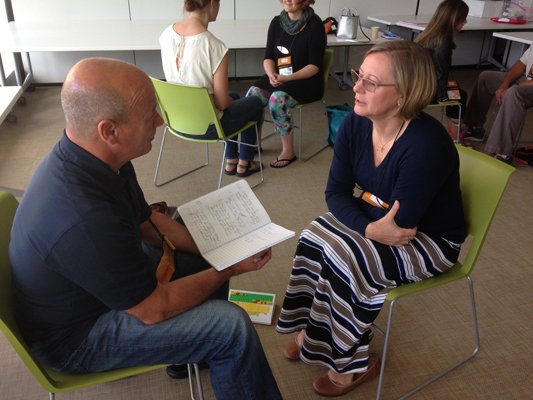
Leadership Coaching Services
The ILP Coaching Process
Each leader’s situation is somewhat unique. ILP tailors the process to the particular needs of the leader, their team, their organization, the overall internal context and current changing external factors influencing the mission. What follows is the general process.
⦁ Establishing a relationship: building trust and mutual commitment: the foundation of the coaching process is a confidential relationship between the client and the coach. Newell learns from the executive their desired outcomes from coaching, learning style and experiences, current strengths and challenges, key relationships, organizational dynamics, long term goals, and more. It starts with an initial introductory conversation to see whether the leader and Newell feel they can work well together. Are we a good fit? If they both agree to proceed this initial exploration phase usually takes 2 one hour coaching sessions.
⦁ Feedback and deeper understanding of personal strengths, challenges and organizational dynamics: Next information is usually gathered beyond that known to the leader using 360 degree feedback from key people around the leader including his/her supervisor, peers and subordinates. For this purpose, Newell suggests using The Leadership Circle Profile (⦁ www.leadershipcircle.com). It’s the most comprehensive, research-based and state-of-the-art. In certain situations, he recommends instead his conducting qualitative interviews with those stakeholders. And if the organization has an in-house 360 process they already use he will use that resource to maintain internal consistency. Once the 360 feedback is complete Newell shares the findings with the leader without sharing who said what. The coaching conversations that result from this provide the basis for the two of them to develop the leader’s Individual Leadership Development Plan. Once the 360 feedback is complete the development of the plan typically takes 2 one hour coaching sessions.
Following the drafting of the Plan a Triad meeting is held between the leader, their supervisor and Newell to share the executive’s coaching goals. This serves to ground the executive’s coaching goals within the organizational context. We can see if the supervisor has other expectations and establishes an internal agreement for support, feedback and accountability. Where appropriate quantifiable business success measures (KPI) are also established.
⦁ Goal Setting, Experimentation and Change: Once the Individual Leadership Development Plan is established and approved it provides a solid foundation for assessing leadership challenges and becomes a key focus for ongoing coaching conversations together. These conversations are typically held for one hour every 2 weeks. Newell assists the leader throughout the engagement to establishing trustworthy commitments and creating safe ways to experiment with new behavioral practices. Periodically the leader may also reach out to Newell for periodic contact between sessions related to immediate situations in support of plan and team goals.
After the leader has been working on his/her Individual Leadership Development plan for 3-4 months a follow-up Triad meeting is held between the leader, the supervisor and Newell. At this meeting the three of them evaluate what is working well and what if anything needs to be changed. Development goals are revised as needed. This pattern repeated for as long as the coaching process continues.
The coaching relationship is complete when the supervisor or leader or Newell decide it is the right time. In practice, this varies widely. The current range of his current clients is 6 months to 12 years.



